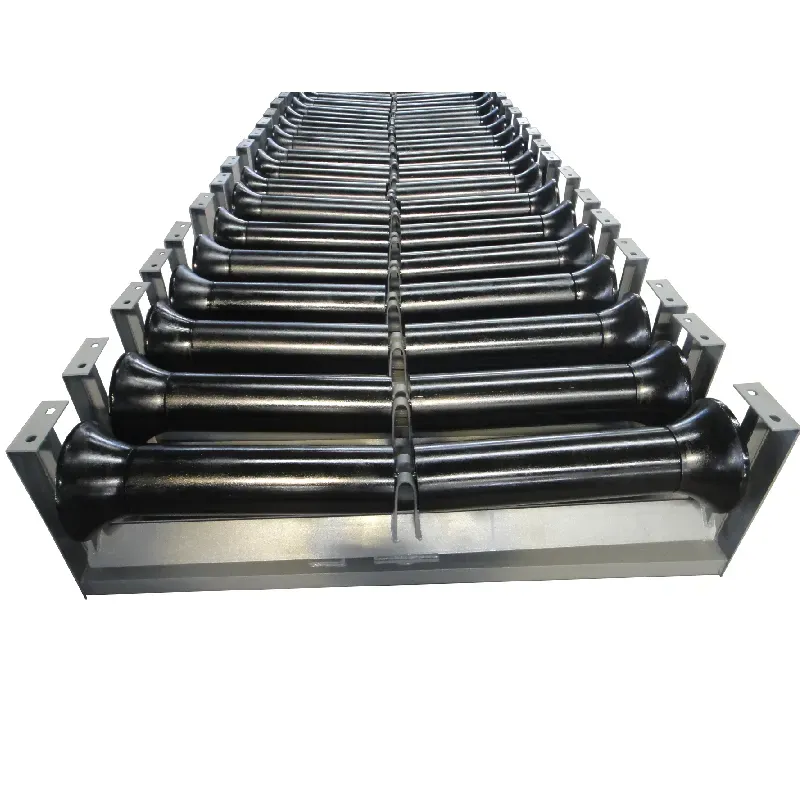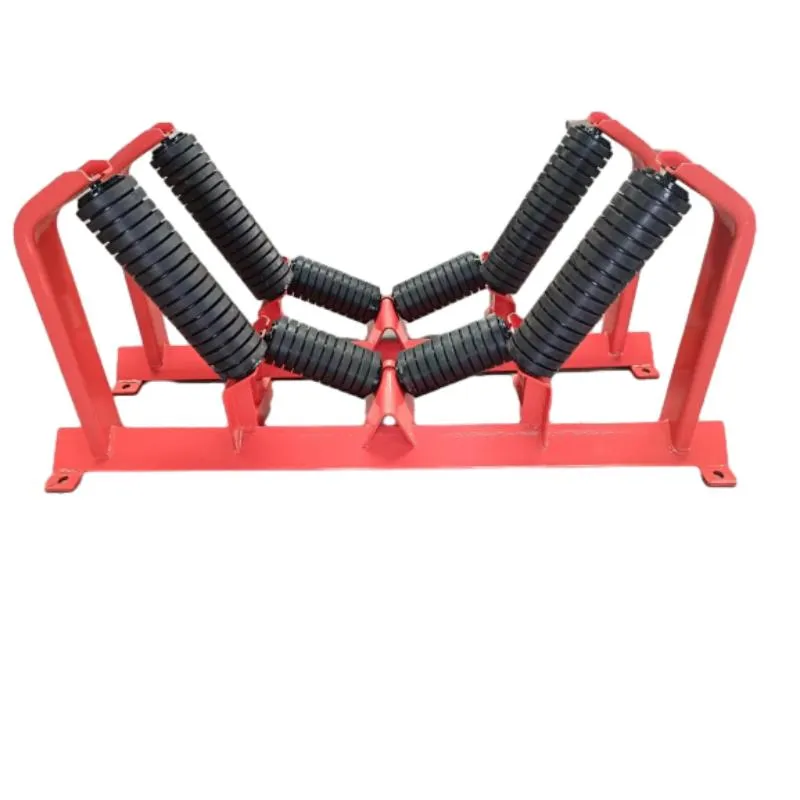 Afrikaans
Afrikaans  Albanian
Albanian  Amharic
Amharic  Arabic
Arabic  Armenian
Armenian  Azerbaijani
Azerbaijani  Basque
Basque  Belarusian
Belarusian  Bengali
Bengali  Bosnian
Bosnian  Bulgarian
Bulgarian  Catalan
Catalan  Cebuano
Cebuano  Corsican
Corsican  Croatian
Croatian  Czech
Czech  Danish
Danish  Dutch
Dutch  English
English  Esperanto
Esperanto  Estonian
Estonian  Finnish
Finnish  French
French  Frisian
Frisian  Galician
Galician  Georgian
Georgian  German
German  Greek
Greek  Gujarati
Gujarati  Haitian Creole
Haitian Creole  hausa
hausa  hawaiian
hawaiian  Hebrew
Hebrew  Hindi
Hindi  Miao
Miao  Hungarian
Hungarian  Icelandic
Icelandic  igbo
igbo  Indonesian
Indonesian  irish
irish  Italian
Italian  Japanese
Japanese  Javanese
Javanese  Kannada
Kannada  kazakh
kazakh  Khmer
Khmer  Rwandese
Rwandese  Korean
Korean  Kurdish
Kurdish  Kyrgyz
Kyrgyz  Lao
Lao  Latin
Latin  Latvian
Latvian  Lithuanian
Lithuanian  Luxembourgish
Luxembourgish  Macedonian
Macedonian  Malgashi
Malgashi  Malay
Malay  Malayalam
Malayalam  Maltese
Maltese  Maori
Maori  Marathi
Marathi  Mongolian
Mongolian  Myanmar
Myanmar  Nepali
Nepali  Norwegian
Norwegian  Norwegian
Norwegian  Occitan
Occitan  Pashto
Pashto  Persian
Persian  Polish
Polish  Portuguese
Portuguese  Punjabi
Punjabi  Romanian
Romanian  Russian
Russian  Samoan
Samoan  Scottish Gaelic
Scottish Gaelic  Serbian
Serbian  Sesotho
Sesotho  Shona
Shona  Sindhi
Sindhi  Sinhala
Sinhala  Slovak
Slovak  Slovenian
Slovenian  Somali
Somali  Spanish
Spanish  Sundanese
Sundanese  Swahili
Swahili  Swedish
Swedish  Tagalog
Tagalog  Tajik
Tajik  Tamil
Tamil  Tatar
Tatar  Telugu
Telugu  Thai
Thai  Turkish
Turkish  Turkmen
Turkmen  Ukrainian
Ukrainian  Urdu
Urdu  Uighur
Uighur  Uzbek
Uzbek  Vietnamese
Vietnamese  Welsh
Welsh  Bantu
Bantu  Yiddish
Yiddish  Yoruba
Yoruba  Zulu
Zulu កុម្ភៈ . 20, 2025 05:36
Back to list
conveyor bend pulley
Conveyor bend pulleys, integral components of any conveyor belt system, ensure smooth directional changes and maintain optimal tension across the conveyor line. These essential parts are paramount in industries from mining to manufacturing, where efficient material handling equates to significant time and cost savings. Understanding the multifaceted functions and benefits of conveyor bend pulleys can enhance operational efficiency, reduce downtime, and extend the life of conveyor systems.
Moreover, the integration of vibration-damping features in some pulley designs helps minimize noise and material degradation. This can reduce the need for supplementary noise-reducing measures within the plant, leading to a quieter, more pleasant work environment. By diminishing the harmful effects of vibration, these advanced features enhance both worker satisfaction and longevity of the conveyor system. Successful implementation of conveyor bend pulleys also involves a comprehensive understanding of the material characteristics they are designed to handle. Factors such as the material type, particle size, and throughput requirements determine the precise specifications needed for optimal system performance. Customizing pulleys to match these specifications maximizes efficiency, reduces energy consumption, and minimizes wear on both the pulley and the belt. Lastly, the integration of smart technologies into conveyor bend pulleys is becoming increasingly prevalent. By equipping pulleys with sensors and IoT capabilities, operators can monitor real-time data on pulley performance and environmental conditions. This data-driven approach allows for proactive maintenance, reducing unexpected failures and extending the lifespan of the conveyor framework. Predictive analytics can preemptively identify potential issues, allowing for targeted interventions that keep systems running smoothly. In sum, conveyor bend pulleys are vital to the functionality and efficiency of modern conveyor systems. Their design, material composition, and placement directly influence system performance, maintenance schedules, and overall operational costs. By leveraging advanced technologies and ensuring proper maintenance, plant operators can realize significant gains in productivity, efficiency, and cost-effectiveness through the optimal use of conveyor bend pulleys. Prioritizing the quality and suitability of bend pulleys aligns with the broader industry goals of reducing waste, enhancing safety, and optimizing resource use.


Moreover, the integration of vibration-damping features in some pulley designs helps minimize noise and material degradation. This can reduce the need for supplementary noise-reducing measures within the plant, leading to a quieter, more pleasant work environment. By diminishing the harmful effects of vibration, these advanced features enhance both worker satisfaction and longevity of the conveyor system. Successful implementation of conveyor bend pulleys also involves a comprehensive understanding of the material characteristics they are designed to handle. Factors such as the material type, particle size, and throughput requirements determine the precise specifications needed for optimal system performance. Customizing pulleys to match these specifications maximizes efficiency, reduces energy consumption, and minimizes wear on both the pulley and the belt. Lastly, the integration of smart technologies into conveyor bend pulleys is becoming increasingly prevalent. By equipping pulleys with sensors and IoT capabilities, operators can monitor real-time data on pulley performance and environmental conditions. This data-driven approach allows for proactive maintenance, reducing unexpected failures and extending the lifespan of the conveyor framework. Predictive analytics can preemptively identify potential issues, allowing for targeted interventions that keep systems running smoothly. In sum, conveyor bend pulleys are vital to the functionality and efficiency of modern conveyor systems. Their design, material composition, and placement directly influence system performance, maintenance schedules, and overall operational costs. By leveraging advanced technologies and ensuring proper maintenance, plant operators can realize significant gains in productivity, efficiency, and cost-effectiveness through the optimal use of conveyor bend pulleys. Prioritizing the quality and suitability of bend pulleys aligns with the broader industry goals of reducing waste, enhancing safety, and optimizing resource use.
Next:
Latest news
-
Revolutionizing Conveyor Reliability with Advanced Rubber Lagging PulleysNewsJul.22,2025
-
Powering Precision and Durability with Expert Manufacturers of Conveyor ComponentsNewsJul.22,2025
-
Optimizing Conveyor Systems with Advanced Conveyor AccessoriesNewsJul.22,2025
-
Maximize Conveyor Efficiency with Quality Conveyor Idler PulleysNewsJul.22,2025
-
Future-Proof Your Conveyor System with High-Performance Polyurethane RollerNewsJul.22,2025
-
Driving Efficiency Forward with Quality Idlers and RollersNewsJul.22,2025
OUR PRODUCTS





























